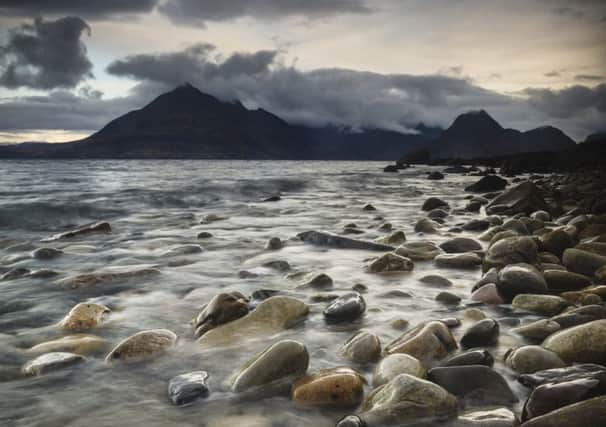Review: Doubling Back: Ten Paths Trodden In Memory


Doubling Back: Ten Paths Trodden In Memory
Linda Cracknell
Freight Books, £14.99
IT’S no surprise to see a quote from Robert Macfarlane on the cover of this new book from Linda Cracknell. Macfarlane is now the unofficial figurehead of the “New Nature Writing” movement – the post-twee, post-tweedy, self-consciously literary adaptation of the form identified by Tim Dee in a brilliant essay last year as having started somewhere between Rachel Carson’s Silent Spring (1962) and Richard Mabey’s Food For Free (1972).
In the past decade or so, as New Nature Writing has grown in popularity – perhaps as an oblique response to climate change, a way of pre-mourning what is about to be lost – Macfarlane’s name has become a brand of sorts, a guarantee of quality, and any publisher of a book in this area hoping to shift some serious units should ideally figure out a way of acquiring his official sanction, whether as a pre-publication cover quote (Charles Rangely-Wilson’s elegiac Silt Road got a good one last year) or by getting him to write a scholarly introduction (he’s penned over 20 of these).
Advertisement
Hide AdIn the case of Doubling Back, the Macfarlane cover quote is very favourable indeed: “Cracknell wonderfully explores the strange durability of the paths that we make in our lives, in our dreams, and after our deaths”. But in this case you have to wonder whether having Macfarlane’s name on the cover is a blessing or a curse.
In Doubling Back, Cracknell undertakes ten journeys on foot, mostly along ancient footpaths, in which she follows in the footsteps of others in a bid to reflect on their relationships with the landscape, as well as her own. “In the act of doubling back I discover what remains or is new and listen for memories,” she writes, “some of which have been buried.” To anyone familiar with Macfarlane’s work, this will all sound more than a little reminiscent of his 2012 book The Old Ways, in which he also undertook a series of journeys, mostly on foot, mostly along ancient footpaths and mostly in the footsteps of others. That quote on the cover will certainly attract the attention of Macfarlane’s many fans, then, but it will also invite them to compare the two books, to assess how Cracknell’s measures up.
The good news is, Doubling Back comfortably holds its own against The Old Ways, and is also different enough from it to merit a place of its own in the New Nature Writing canon. Cracknell may not come across as quite as intimidatingly well-read or as flintily intellectual as Macfarlane, but that isn’t necessarily a bad thing. With Macfarlane you see the landscape he’s describing as vividly as if you were there yourself. His description of walking on the tidal sands between Wakering Stairs and Foulness in Essex in The Old Ways is more intensely visual than any film. Cracknell is also brilliantly descriptive, but hers is a different kind of sensuality – with her writing you don’t so much see the landscape as feel it. On a walk along St Cuthbert’s Way between Melrose and Lindisfarne, for example, as she passes from Scotland into England, she writes: “Across the high plateau we were blown on old wide tracks, which seemed articulate and alive in their carrying of us, allowing us freedom to look around.”
Cracknell is at her most compelling when she moves beyond the premise of her latest adventure and starts creating a fresh narrative of her own, but oddly she has chosen to open Doubling Back with two essays that are the least effective in this respect. In “The Opening Door”, in which she follows Thomas Hardy through the Valency Valley in Cornwall, and “Dancing, kicking up her legs”, in which she visits Jessie Kesson’s spiritual home of Achbuie on the banks of Loch Ness, she comes across as a sort of hyper-eloquent literary tour guide, informing us of the significance of this church or that view in thoughtful, mellifluous prose but never really involving us in her own, modern-day journey.
She’s at her absorbing best, though, when the going gets tough and she’s pushed to her limits – whether that’s her physical limits, as in her account of following her father’s crampon-tracks up the Finsteraarhorn in Switzerland; or her psychological limits, as in “The Dogs’ Route”, in which she finds herself drowning in rain and memories and “only just on the right side of despair” on an old drove road between Perthshire and the Isle of Skye.
Doubling Back is to be BBC Radio 4’s Book At Bedtime this week, so who knows? Perhaps in a couple of years’ time Macfarlane’s publishers will be the ones asking Cracknell for a favourable cover quote.